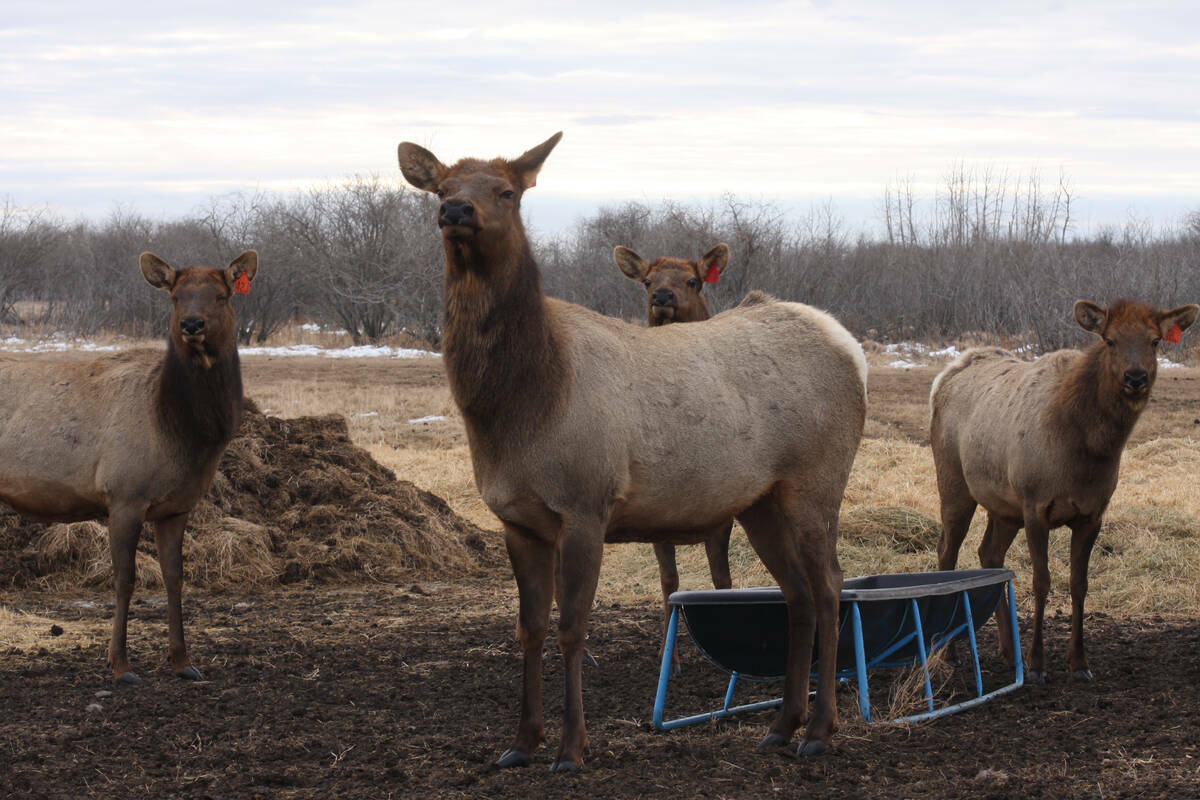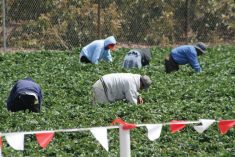Glacier FarmMedia – Large farms in Canada continue to grow at the expense of small and medium-size ones — and at an accelerating pace, says a new report.
The reality is that any talk of “the ‘average’ farm is all but meaningless,” says one of its authors.
“Today, increasing average farm size is not due to farms incrementally increasing in size step by step,” said Douglas Hedley, research associate with Agri-Food Economic Systems. “It is almost entirely explained by the increase in size of already large and very large farms, and the decline in medium-size and small farms.”
Read Also

Cervid harvest preserves to be developed in the province under Bill 10
The Government of Alberta has given approval for creation of cervid harvest preserves.
And this is not only a problem for ag policy-makers but for operators of large farms, too.
Many smaller farms (those with sales under $100,000) disappeared in the 1980s and early 1990s and those that remain get most of their income from off-farm work, added co-author Al Mussell.
That makes mid-size farms — generally defined as those with $250,000 to $1 million in sales — the most vulnerable, he said.
“Increase in average farm size is almost entirely driven by growth at the very large end. There are going to be many exceptions to this of course, but it is true in aggregate,” said Mussell.
“What seems to be exiting are the middle-size farms. They are maybe just not on the threshold size where a family member can come into the business, or they look at the machinery size and just don’t have the economic basis to replace aging machinery.”
If only the largest farms are profitable, or if only certain subsets can make new technology investments, this would challenge important assumptions and “seemingly comfortable historical views of farming in Canada,” the report suggests.
Used machinery market gap?
But while big farms may want the acres of their mid-size cousins, they also need them to stick around for a very important reason.
“The large farms have size economies that support investments in new equipment, but these acquisitions are partially financed by the value of trade-ins,” said Mussell. “Small and medium-size farms comprise most of this used equipment demand.”
This creates a downward spiral: The ability of large farms to acquire the biggest and most advanced equipment “sharpens the competition for land from large farms,” he added.
And every time a mid-size farm gets bought out, there’s one less customer for used equipment.
“As this dynamic plays out, it will weaken the demand for used equipment, and with it the value of trade-ins in financing of new equipment purchases by the large farms,” said Mussell.
The report argues the growth of large farms at the expense of smaller ones should be a policy issue.
Large and highly efficient farms are a linchpin in competitive agri-food supply chains, say the authors, while smaller farms are linked to the development and sustainability of rural communities.
But there are no policy objectives for farm structure, let alone programming, its authors argue.
By default, policy-related discussions on farm structure gravitate to extremes. They either encourage the largest and most efficient or protect small farms. The link between the two is never raised.
The report concludes that the accelerating trend toward larger farms may occur at such a rate that the process threatens to cannibalize itself, eventually slowing with the decline in demand for assets.
Reduced investment by large farms is a threat to Canada’s agri-food competitiveness, says the report.
The decline of medium-size businesses will weigh on larger farms at some point, said Mussell. Farm structure has to be managed, to encourage ongoing investment in the best technology and to maintain a vibrant, diverse sector.
“We have never attempted that before. I don’t know how we’d do it,” said Mussell.
“It would be great if we were dead wrong, because if our analysis is right, it creates some really difficult questions in what we’re doing with ag policy… It would be nice to have more discussion about where primary agriculture is going as a broad sector.”
Matt McIntosh is a contributor for Farmtario. His article was originally published in the Oct. 4, 2021 issue.















